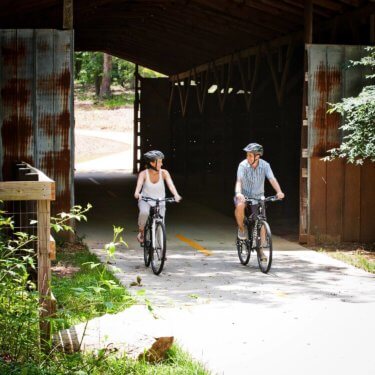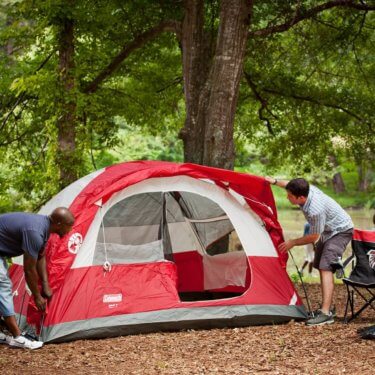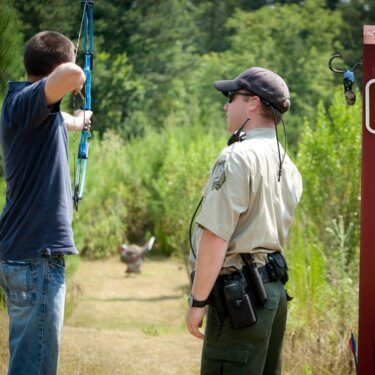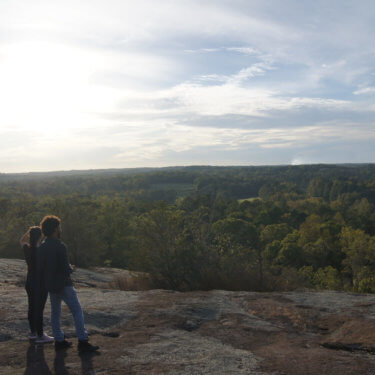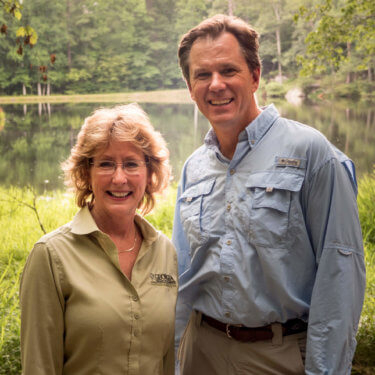
Becky Kelley & Robert Ramsay
Panola Mountain State Park
Robert Ramsay, President
Georgia Conservancy
- How long have you been with the Georgia Conservancy?
7.5 years - What is the role or mission of the Georgia Conservancy?
To help conserve Georgia’s natural resources through advocacy, engagement and collaboration. - What is the relationship between the Georgia Conservancy and Panola Mountain State Park?
The Georgia Conservancy purchased the option to buy Panola Mountain from the family in the late 60s, secured a loan to buy the first tract and worked with partners including the State to expand the park over the years. - How did Panola Mountain come to be protected as a conservation area?
The founders of the Georgia Conservancy recognized the opportunity to conserve the area and purchased an option to buy the land from the owners. We secured loans and acquired the land and later sold it to the state so that it could become a state park. - What makes Panola Mountain special from a conservation perspective?
It is a granite monadnock, similar to Stone Mountain but much smaller and much more pristine. Due to the poor quality of the granite (for human use) and the fact that grazing animals were kept off the mountain, there are a number of unique plant community’s that thrive at Panola.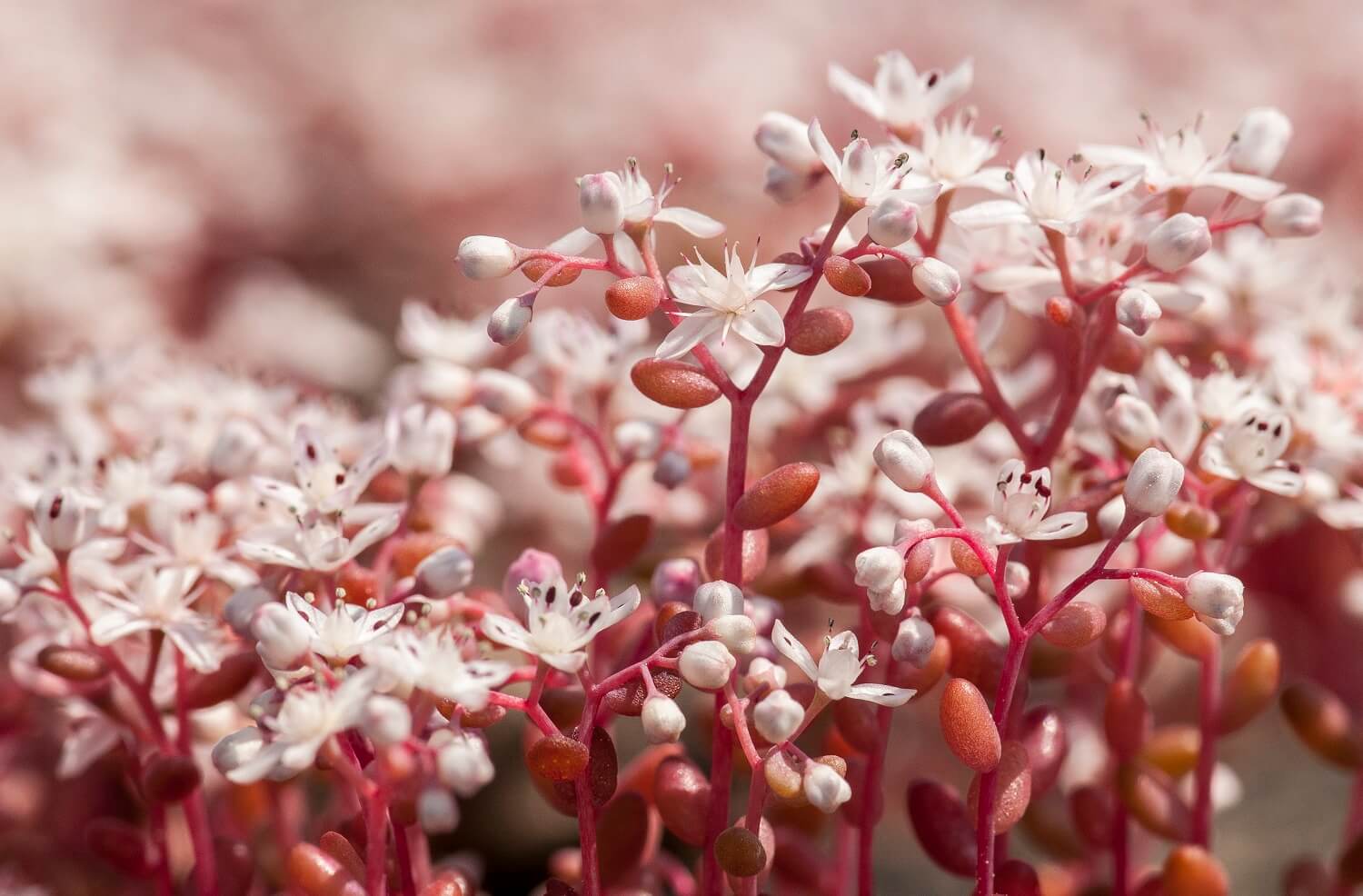
Photo by David Foster - What, if any, is the Conservancy’s current role with Panola Mountain?
We maintain a close working relationship with Georgia State Parks, engage with State Parks on volunteer service projects on state property and work to maintain or enhance the public’s awareness of Georgia’s special places like and including Panola Mountain.
Becky Kelley, Director
Georgia Department of Natural Resources
Parks, Recreation & Historic Sites Division
- How long have you been with the Georgia Department of Natural Resources and what is your role?
I have been Director of Georgia’s State Parks, Recreation and Historic Sites Division since 2002. As director, I oversee operation of about 60 parks and historic sites totaling over 86,000 acres. Our team works to protect and preserve these important natural and cultural resources and serves millions of visitors each year, offering a broad array of engaging and enriching programs and outdoor recreation opportunities as well as a full suite of overnight accommodations to serve our guests.
It’s been a personal and professional dream being able to also work at the state level to help protect our natural and cultural resources and engage and enrich all who visit us.
- Why did you decide to pursue a career within the parks and recreation arena?
I’ve always loved being outdoors and was fortunate that my first job in high school was as Stone Mountain Park. It was that experience that lead me to consider a career in the parks and recreation field. After receiving my Recreation Administration degree from the University of Georgia, I worked for 26 years in the DeKalb County Parks and Recreation Department acquiring, planning, building and ultimately overseeing their parks system. It’s been a personal and professional dream being able to also work at the state level to help protect our natural and cultural resources and engage and enrich all who visit us. - What is the role of Georgia State Parks as it relates to Panola Mountain?
Panola Mountain is one of Georgia’s 65 state parks and historic sites; and one of the closest to metropolitan Atlanta. Our job is to protect the natural and cultural resources on the site, engage our guests in enriching and fun outdoor experiences and function in a way that contains state tax investments in our operation.
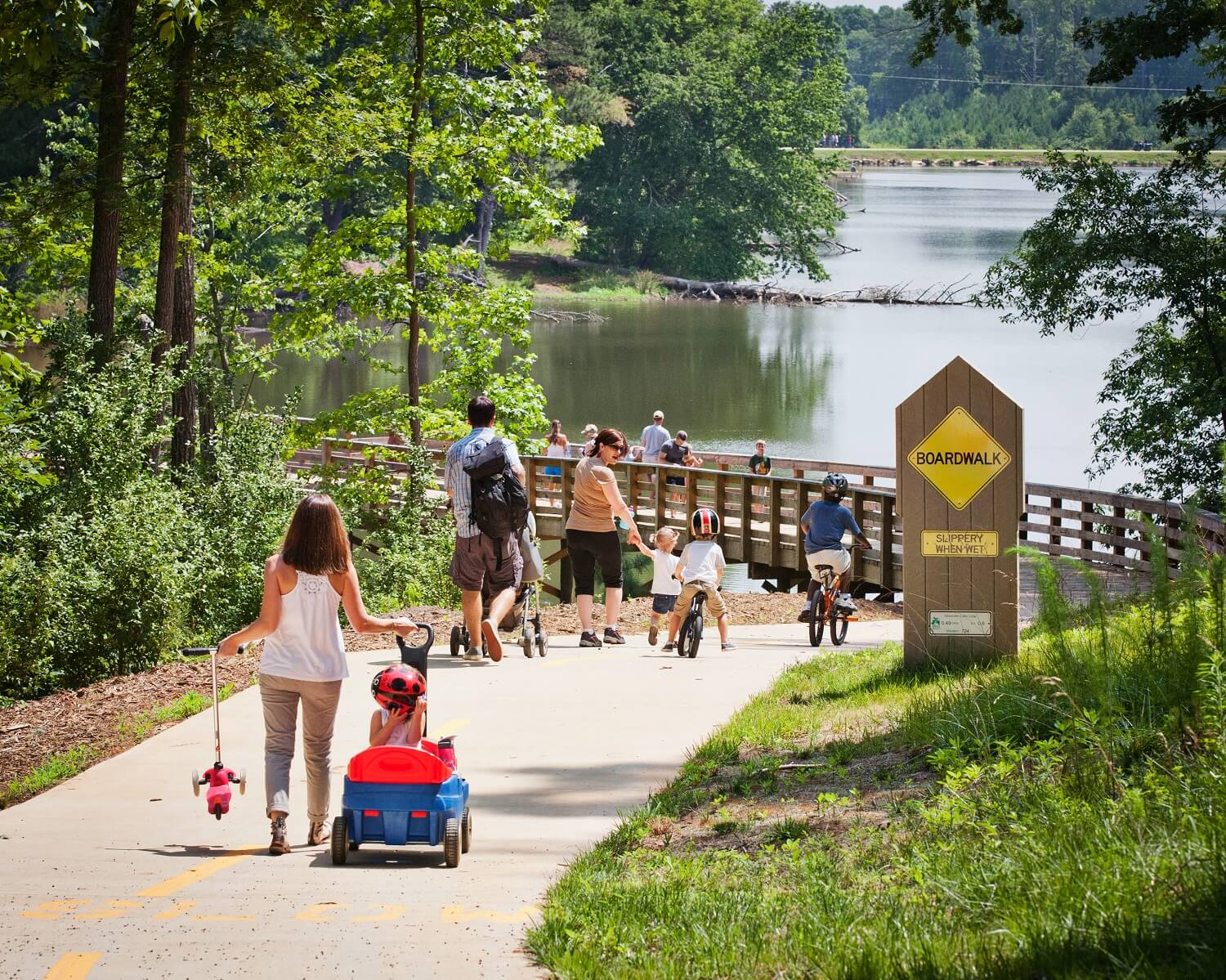
- During your tenure, what do you think has been the biggest change at Panola and within the park system as a whole?
Panola Mountain State Parks has been positively impacted by three primary changes within the past few decades. First, we were able to progressively secure additional lands around the original mountain property to expand public uses and provide more diverse recreational activities. Second, we were successful in the creation of the Arabia Mountain National Heritage Area, which uplifted not only Panola Mountain, but also Davidson Arabia Mountain, Stone Mountain and a number of other important natural and cultural assets in the area. And, finally, we introduced over 30 miles of PATH Trail into the Heritage Area, connecting all these great assets together as a system. For the State Parks System as a whole, the biggest change affecting our operation has been the Fiscal Year 2009 legislative mandate to pursue a strategy of greater financial self-sufficiency. This directive challenged us to retool our operations and activate new approaches to service delivery. - What types of activities does Panola now offer visitors and which ones really set Panola Mountain apart from other parks?
Panola is our system’s only declared National Natural Landmark, which is part of the reason that we’ve declared the portion of the park around the mountain a Conservation Zone. To protect the unique mountain environment, we limit access to the top of the mountain and contain activities immediately adjacent to the mountain.While Panola offers many traditional state park activities like picnicking, playgrounds hiking, biking, birdwatching, fishing and other outdoor activities, it also provides some unique experiences such as tree climbing, archery, geocaching, orienteering and more. We also have reservable picnic shelters and event spaces as well as a full service gift store in the nature center.
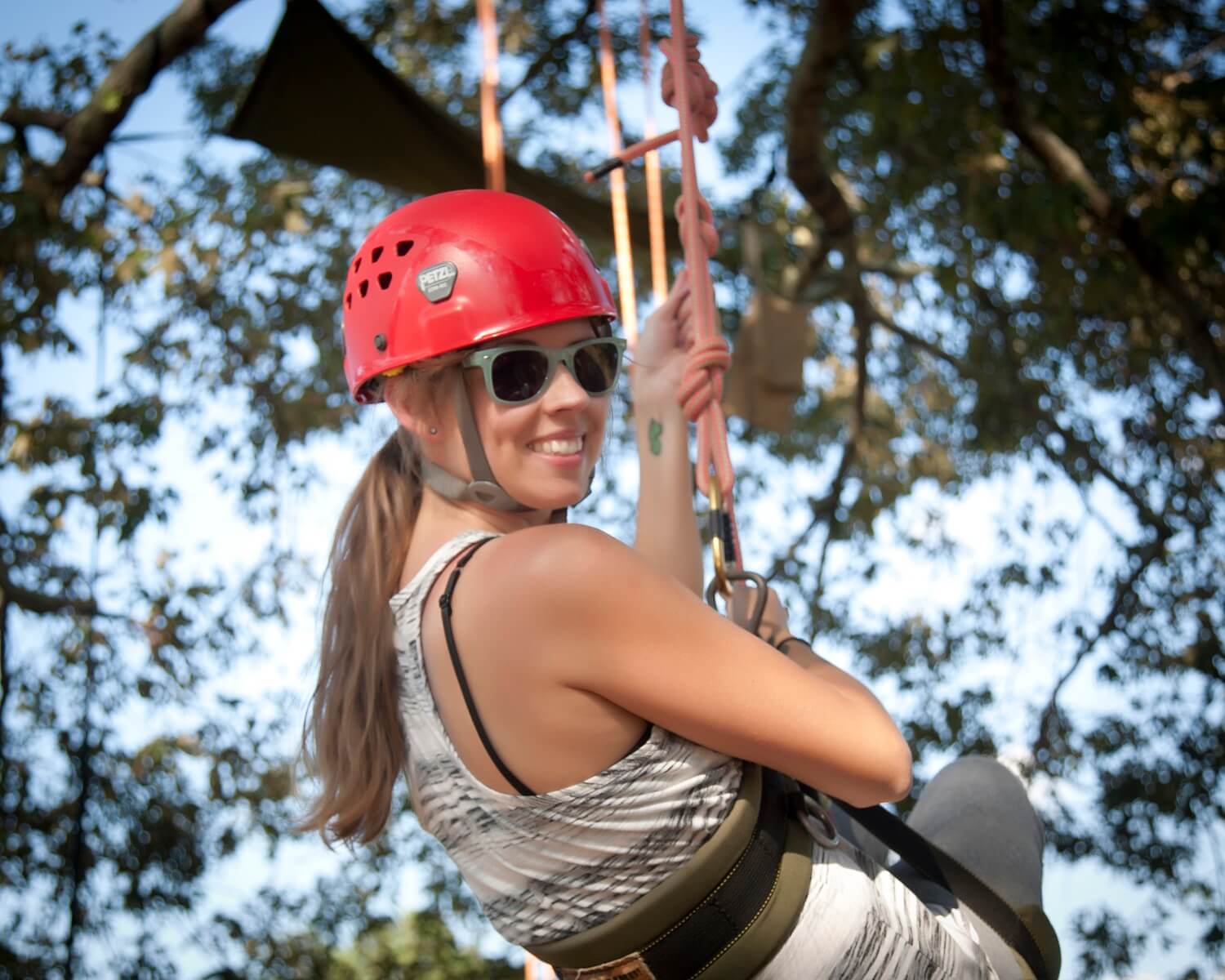
- What is your favorite thing about Panola Mountain State Park?
Panola Mountain is close to where I live so I visit it often, taking my family and dog on great weekends or afternoon hikes. I love it that Panola’s proximity to metro-Atlanta provides high quality outdoor experiences close to where millions of people live. Its location also allows it to be a gateway by which people can learn about the rest of Georgia’s great state parks, historic sites and outdoor recreation areas. - Other than its history as a conservation area, what other fun historical tidbits about the park can you share?
None of Panola’s wonderfully rich and important natural and cultural resources would have been protected if it weren’t for the efforts of the founding members of the Georgia Conservancy. In 1971, they stepped up to help the State of Georgia acquire the mountain tract. Since then, we’ve added hundreds more of acres to the site, many along the banks of the South River, which not only helps protect the river but also provides more outdoor park land for the enjoyment of our guests.
